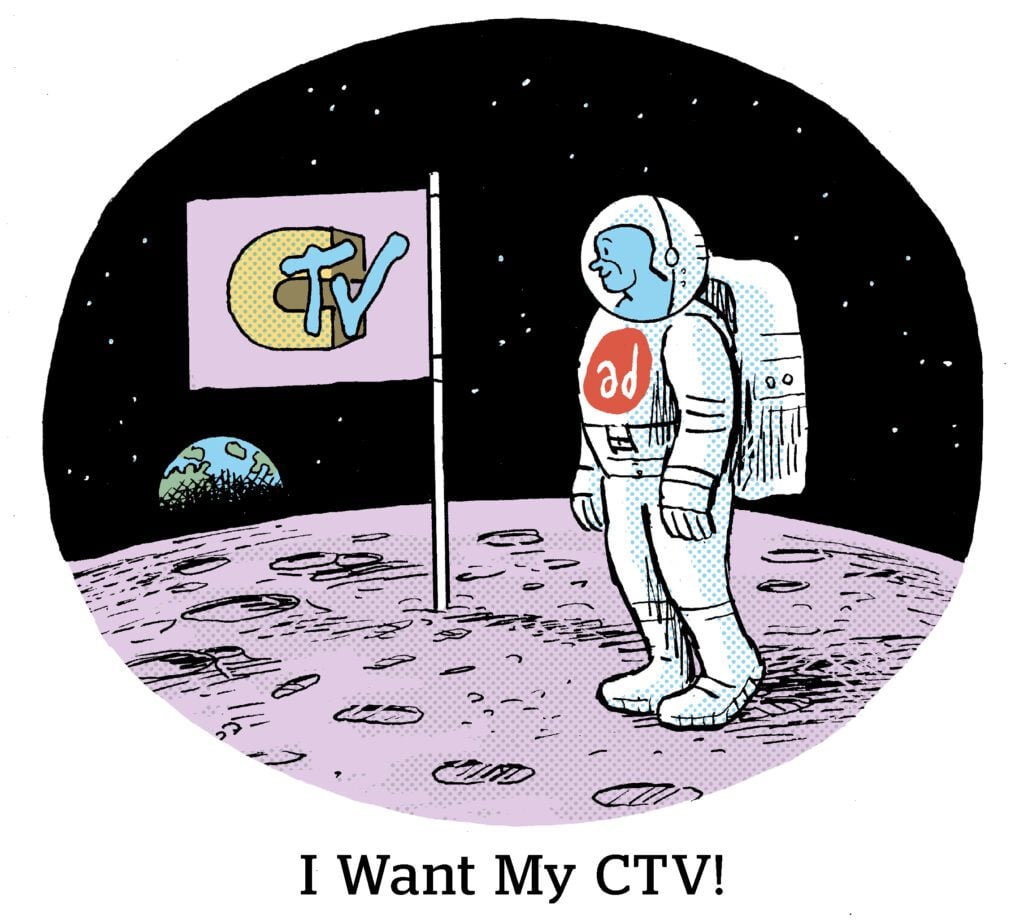Like most brands advertising during the Super Bowl this year, Cetaphil tried to capture attention with a celebrity-focused commercial.
The brand’s ad featured rapper Lil Wayne and depicted its skincare products as soothing not just for sensitive skin but for sensitive situations, such as being left “high and dry” with a huge restaurant bill.
This commercial was Cetaphil’s second-ever appearance at the Super Bowl. The brand, which sells a variety of creams, moisturizers and soaps, has spent the past year trying to win over younger consumers by marketing during or around moments or events that matter to them, said Tara Loftis, global president of dermatological skincare at Galderma, Cetaphil’s parent company.
Cetaphil’s Super Bowl ad last year depicted an emotional bonding moment between a father and daughter. But this year’s ad was more of “a viral bet,” Loftis told AdExchanger, with the hope that virality would lead to spikes in sales.
Comparing earned media and search lift
Although Cetaphil’s latest ad was primarily a brand awareness play, the company used a mix of social media and performance metrics to determine whether it was working, which is its usual approach.
Cetaphil typically compares earned media impressions and search lift before and after an ad runs to determine whether it likely drove consumers to search for the brand online.
Cetaphil also uses Google Trends to compare how people are searching for its brand online, Loftis said. In the case of its most recent Super Bowl ad, Cetaphil tracked whether people looked for Lil Wayne or the brand by name. How someone searches for a brand is often an indicator of how familiar they are with it.
Engagement with the Lil Wayne Super Bowl spot was much higher than expected, as was brand lift, Loftis said. Since it aired, Cetaphil’s Super Bowl commercial has generated more than 1 billion impressions and garnered more than two thousand social media mentions.
Cetaphil smooths out its digital strategy
In addition to its creative strategy, Cetaphil credits the combination of streaming and social media in its marketing mix for its Super Bowl campaign results.
“We are very fixated on ROI,” Loftis said, which is why Cetaphil is “becoming as digital as possible.”
“You’re going to see us show up more on digital and streaming, especially if it’s where our Gen Z and Gen Alpha customers are,” Loftis said. But the Super Bowl aside, because of the brand’s focus on performance metrics, “you’re not going to see us invest a lot in linear TV,” she said.
Streaming is especially valuable because it drives engagement on social media, which ultimately results in sales lift, Loftis said. For example, the brand noticed people discussing its Super Bowl ad on X and posting video reviews and sharing their opinions about Cetaphil’s products on TikTok.
Meanwhile, to make its marketing even more effective, Loftis said, Cetaphil plans to develop more direct relationships with retailers and retail media walled gardens, such as Walmart and Amazon.
Because many retailers have first-party data that can link online searches to actual sales, she said, “working directly with [them] allows for really high [ad] efficacy.”













